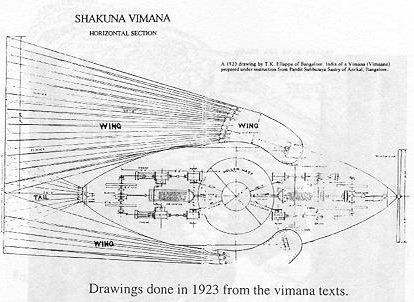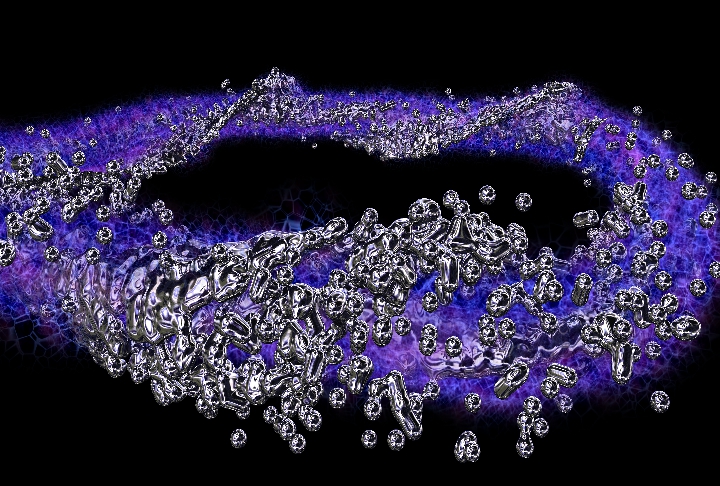|
| |
|
|
|
|
|
Propulsion Research:We don't need Rockets!
Shuttle RetirementMain article: Space Shuttle retirement
The shuttle program is scheduled for mandatory retirement in 2011, in accord with the directives President George W. Bush issued in the Vision for Space Exploration. The shuttle's planned successor was to be Project Constellation with its Ares I and Ares V launch vehicles and the Orion Spacecraft; however, in early 2010 the Obama administration asked Congress to instead endorse a scaled-back plan with heavy reliance on the private sector. NASA originally planned to make the Hubble a Smithsonian museum display, but decided to keep it in space until a successor is launched.[7][8] In an internal e-mail apparently sent August 18, 2008 to NASA managers and leaked to the press (published September 6, 2008 in the Orlando Sentinel), NASA Administrator Michael Griffin stated his belief that the Bush administration had made no viable plan for U.S. crews to participate in the International Space Station beyond 2011, and that OMB and OSTP are actually seeking its demise.[9][10] The email appeared to suggest that Griffin believed the only reasonable solution was to extend the operation of the shuttle beyond 2010, but noted that Executive Policy (i.e., the White House) is firm that there will be no extension of the shuttle retirement date, and thus no US capability to launch crews into orbit until the Ares I/Orion system becomes operational in 2014 at the very earliest. He appeared to indicate that he did not see purchase of Russian launches for NASA crews as politically viable following the 2008 South Ossetia war, and hoped the new US administration will resolve the issue in 2009 by extending shuttle operations beyond 2010.[9] However, according to an article by former Space Shuttle program Director Wayne Hale on his official NASA blog, the space shuttle program, in preparation for the 2010 shutdown, has already terminated many specialty parts and materials contracts, many with small mom-and-pop companies whose only customer may have been the shuttle program and who closed shop and retired upon receiving their termination letters; as a result, it would be difficult and expensive at this point to extend the shuttle program, and there would be a lag of at least a year (without flights) before exhausted exotic parts and supplies could be replaced. The loss of talent from dismissed employees is another obstacle to program extension.[11] On September 7, 2008, NASA released a statement regarding the leaked email, in which Griffin said:
A $2.5 billion spending provision allowing NASA to fly the space shuttle beyond its then-scheduled retirement in 2010 passed the Congress in April 2009, although neither NASA nor the White House requested the one-year extension.[13] NASA Authorization Act of 2008U.S. Representative Dave Weldon introduced H.R. 4837, known as the SPACE Act.[14] This legislation would have kept the shuttle flying past 2010 at a reduced rate until the Orion spacecraft would have been ready to replace it. It would also have allowed the Alpha Magnetic Spectrometer to be launched to the ISS, which the schedule at the time did not allow.[15] On October 15, 2008, President Bush signed the NASA Authorization Act of 2008, giving NASA funding for one additional mission to "deliver science experiments to the station".[16][17][18][19] The act allowed for an additional space shuttle flight, STS-134, to the ISS to install the Alpha Magnetic Spectrometer, which was previously canceled.[20] BudgetThe total cost of the shuttle program has been $145 billion as of early 2005, and is estimated to be $174 billion when the shuttle retires in early 2011. NASA's budget for 2005 allocated 30%, or $5 billion, to space shuttle operations;[21] this was decreased in 2006 to a request of $4.3 billion.[22] Per-launch costs can be measured by dividing the total cost over the life of the program (including buildings, facilities, training, salaries, etc.) by the number of launches. With 115 missions (as of 6 August 2006), and a total cost of $150 billion ($145 billion as of early 2005 + $5 billion for 2005,[21] this gives approximately $1.3 billion per launch. Another method is to calculate the incremental (or marginal) cost differential to add or subtract one flight — just the immediate resources expended/saved/involved in that one flight. This is about $60 million U. S. dollars.[23] Early cost estimates of $118 per pound ($260/kg) of payload were based on marginal or incremental launch costs, and based on 1972 dollars and assuming a 65,000 pound (30 000 kg) payload capacity.[24][25] Correcting for inflation, this equates to roughly $36 million incremental per launch costs; today's actual incremental per launch costs of $60 million are about two thirds more than this. Assets and transition planThe Space Shuttle Program occupies over 654 facilities, uses over 1.2 million line items of equipment and employs over 5,000. The total value of equipment is over $12 billion. Shuttle related facilities represent over a quarter of NASA's inventory. There are over 1,200 active suppliers to the program throughout the United States. NASA's transition plan has the program operating through 2010 with a transition and retirement phase lasting through 2015. During this time the Ares I and Orion as well as the Altair Lunar Lander would be under development.[26] My Quest:When I began my quest to uncover anti-gravity back in 2005, I started by looking through the scientific papers and records to see if there were any sort of experiments which reported any unexplainable effects which could be possibly attributed to gravity. One of the first effects I came across was the Biefeld-Brown Effect, which I have recently concluded is not anti-gravity but ion wind. However it seems people were more interested in debating whether the effect was ion wind or true antigravity rather than discuss it's potential (as well as current) uses for propulsion... As a result I got caught up in that argument for a while until I realized what was going on... Another effect I stumbled across was the experiments of Dr. Eugene Podkletnov which I learned about through Tim Ventura's website AmericanAntigravity.com I then began pursuing my own independent research into the effect and looking for more corroborating evidence, which I ended up finding in a few different forms... Some more credible than others. Since then I have been on a quest to find and expose antigravity technology and to follow down every single trail like a bloodhound until I do find it... This is perhaps the most liberating technological discovery of all time, and I fully understand why those wishing to keep us enslaved have kept it from us. Ancient Flying Machines

An Area 51 Employee speaks:Another piece of evidence I found was the testimony of an alleged former Area 51 Employee Edgar Fouche who described a craft which operated on a rotating supercooled liquid. This sounded like an important connection, since the Podkletnov experiment requires rotating superconductors which must be supercooled to their lambda point in order to bring on the Superconducting effect, so here we have the testimony of a former Area 51 Employee saying that the USAF has a Top Secret craft called the TR-3B and it works on rotating super-cooled mercury plasma... Hmmm? Interesting lead to say the least. NAZI UFOs: The NAZI Bell ProjectNAZI UFOs on Discovery Channel: The NAZI Bell ProjectProject Camelot Interview with Igor Witkowski a Polish Aerospace Historian who exposed the existence of the NAZI Wunderwaffe/Die Glocke/The Bell technology: The Superfluid Anti-Gravity Centrifuge:My original video on this concept:
My overall understandings of this phenomena has progressed quite a bit since making this video...
Ongoing research into Xerum 525 (Mercury Based-Plasma):
"Xerum 525" was apparently highly radioactive, being purple in color, and housed in cylinders with lead lining 3 cm thick Allegedly an experiment carried out by Third Reich scientists working for the SS in a German facility known as Der Riese ("The Giant") near the Wenceslaus mine and close to the Czech border, Die Glocke is described as being a device "made out of a hard, heavy metal" approximately 9 feet wide and 12 to 15 feet high having a shape similar to that of a large bell. According to Cook, this device ostensibly contained two counter-rotating cylinders which would be "filled with a mercury-like substance, violet in color. This metallic liquid was code-named “Xerum 525”" and was otherwise cautiously "stored in a tall thin thermos flask a meter high encased in lead". Additional substances said to be employed in the experiments, referred to as Leichtmetall (light metal), "included thorium and beryllium peroxides". Cook describes Die Glocke as emitting strong radiation when activated, an effect that supposedly lead to the death of several unnamed scientists and various plant & animal test subjects. Disclosure Project Witness Description of Strange Fluid at UFO crash siteOnly later did I acquire a copy of a full length interview with Dr. Eugene Podkletnov and get to hear the whole story... The Full Length Podkletnov Interview:As you will notice there are key pieces of information that Podkletnov withheld from this interview, at one point he says "there are some other secrets..." and he gives a smile. The secret I believe he is referring to is the stimulation frequency of the disc which he gave to NASA for their replications of the experiments. While Frank Znidarsic was at NASA's Marshall Space Center in Huntsville Alabama, where the experiments were being conducted, he had the rare opportunity to review Dr. Podkletnov's data... This Stimulation frequency lead Frank Znidarsic to the KEY for how antigravity works. Beam Propulsion TechnologyThis video explains EM Drive technologies such as that featured on http://www.EMDrive.com as well as those covered in much more explicit detail in "Secrets of Antigravity Propulsion" by Paul LaViolette. Metamaterials are another key factor in getting this technology to work to it's maximum potential. |